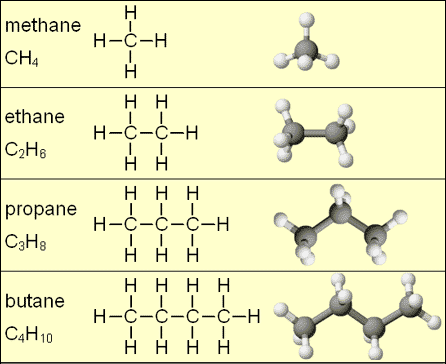Halides:
Halides are the elements in group 17 of the periodic table, and the naming of them as side chains in a compound. To name halides, take the first syllable of the element, for example bromine, and add -o ending: bromo. Others that we use in chemistry class are Chlorine: Chloro, and Fluorine: Floro.
Alcohols:
If a carbon is connected to an OH (Hydroxyl), it is an alcohol. To name alcohols, you must circle the longest carbon chain containing the carbon connected to the hydroxyl, and appropriately label the chain with the proper prefix, ending with an -ol.
Ethers:
An ether is the oxygen atom that connects two carbon chains together. To name ethers, you must label each carbon chain as a side chain, with the right prefixes and ending -yl, then simply putting ether. For example, ethyl methyl ether.
Ketones:
A carbon chain with a carbon double-bonded oxygen is a ketone. To name ketones, you must cirlce the longest carbon chain and name with the right prefix, and ending with -one.




